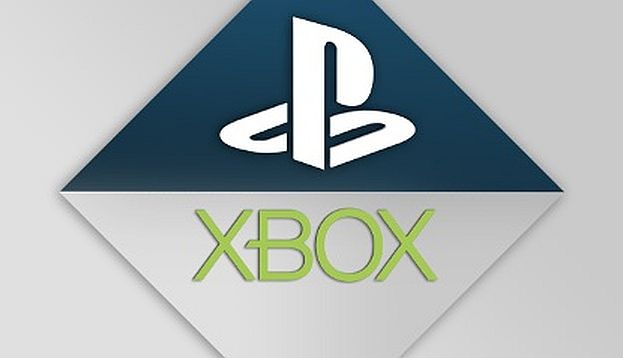This year’s E3 will be dominated by the introduction of two new consoles, Sony’s PlayStation 4 and Microsoft’s Xbox One — and Nintendo will be striving to get renewed attention for the Wii U. The media’s attention will naturally be focused on the shiny new consoles, and the hardware makers will be doing everything possible to keep and hold that attention. If your job is marketing games, though, it’s looking like E3 will be a very difficult show.
The problem won’t be with marketing games for next-gen consoles; after all, those games will be the real focus of attention for next-gen consoles. Once you’ve seen the box and the controller, the excitement is pretty much over — until you launch a game. Console makers will be showing off what games can be like on new hardware.
Unfortunately, this will also be true for publishers like Activision, Electronic Arts, Ubisoft and others. The media will be swarming over the publisher’s booths specifically to see what Call of Duty: Ghosts or FIFA looks like on next-gen hardware. That’s fine as far as it goes, but the reality is that next-gen software sales for the holidays will be only a very small fraction of overall publisher revenue, no matter how enthusiastically consumers buy new consoles.
Let’s run a few numbers to examine this. Suppose Sony and Microsoft have a fabulous introduction of new consoles, and buyers snap up them up as quickly as new consoles have ever sold. There will be, at best, two months of sales for new consoles in 2013. That would mean perhaps 3 or 4 million new consoles sold for both Microsoft and Sony; perhaps 8 million between the two companies. From all indications, there will be a fair number of titles available at launch — perhaps as many as a dozen for each console.
So a hit title on one of the new consoles might sell as many as a million units . . . maybe even two million units. That sounds impressive, until you think about Call of Duty’s ability to sell 20 million units of a new title without even trying hard. EA’s big hits like FIFA will likely be in the 10 to 15 million unit range. Next-gen title sales, therefore, will likely be on the order of 10 percent to 20 percent (at best) of current-gen software sales for the holidays. That’s a nice addition to the holiday revenues, but marketers have to worry about that 80 percent of revenue coming from games for current-gen consoles.
There’s the challenge: Draw the attention of the media, and the buyers, and the attentive gamers to your new games for current-gem consoles. Somehow convince people that despite the lack of next-gen power, these games are deserve $60 of their love. (And don’t forget the DLC! Can I interest you in a collector’s edition ) Here, then, is the true indicator of marketing success at E3: Getting substantial attention for a game on current-gen hardware. If you see a company doing that, you can expect that company will have a good Christmas.
It’s going to make for some interesting tactics as marketers strive to overcome the attraction of shiny new hardware. Will we see more video More people dressed up in costumes Perhaps some unusual giveaways, contests or events Expect the unexpected. E3 will be the place to watch for game marketing next week.

